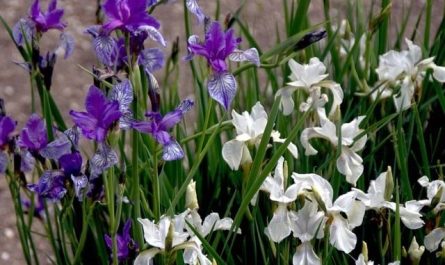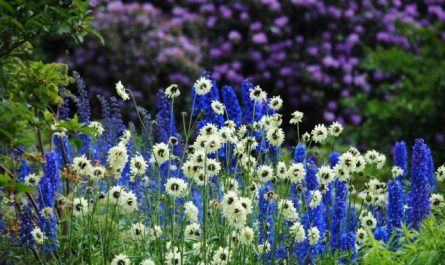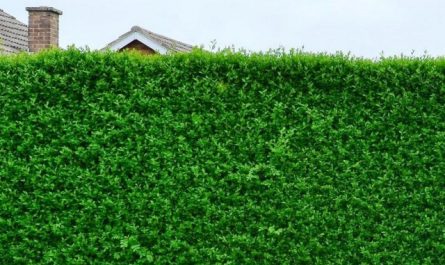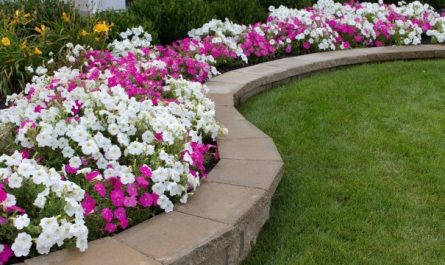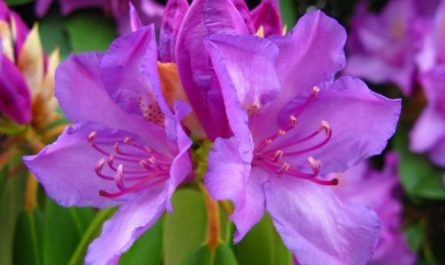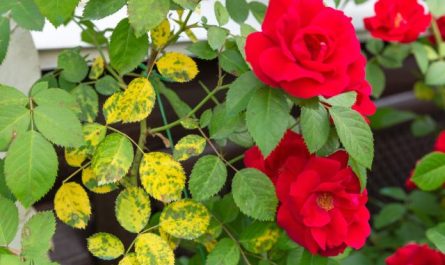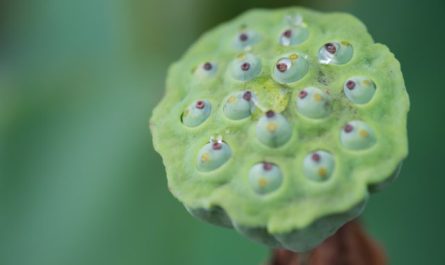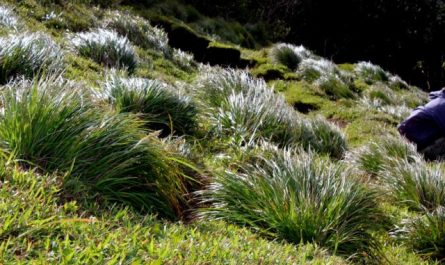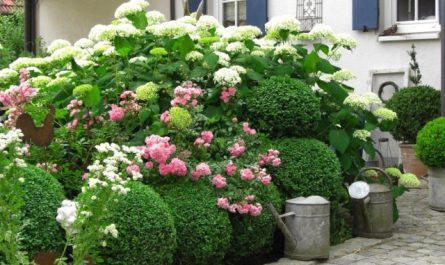A beautiful flower bed with wild flowers is not only a wonderful addition to any garden, but also a rich choice of food and shelter for most beneficial insects. Many ornamental species of the family Fireweed, or Donkey family (onagraceae) will create an incredible palette of colors, textures and foliage throughout the summer months right through to mid-autumn. Easily integrated into any flowerbed, they require little effort to grow and maintain.

Large, bright flowers, singly or in clusters, adorn more than 700 species of annual and perennial herbs, shrubs and trees of this family. Both drought-resistant and moisture-loving plants can cover any habitat: from indoor pot culture to water lands.
It is not difficult to recognize the representative. Often, straight or serrated leaves are located along the herbaceous stems. Flowers are collected in racemose inflorescences, spikelets or panicles. The effect is achieved due to the bright color of yellow, red, pink, white and purple shades. Only a few are able to amaze with the depth of blue. The presence of an inferior ovary is a key feature of the family. Most flowers are radially symmetrical, and in many species, the petals and sepals are connected into a long narrow, stem-like tube. Seeds are formed in a capsule, berry or nut. Reproduction is carried out by seeds and vegetatively.
The family includes about 25 genera, but only a few are distributed throughout the world and have ornamental appeal.
Clarkia
Clarkia (clarkia) is an elegant and luxurious annual. Pink, white, red and purple shades of double and semi-double flowers bloom from the end of July. In sunny corners with good soil aeration, abundant flowering continues until September. Clarkia is perfect for group plantings in flower beds and borders, as well as in container and balcony gardens. Varieties Clarkia elegans height from 30 to 90 cm are highly decorative. Charmingly blooms from July to October Year, or Clarkia pleasing (Clarkia amoena). The plant loves the sun, although it can tolerate partial shade, and is undemanding to soil and wind. But abundant moisture, as well as drought, can negatively affect lush flowering.
Bell-shaped buds open into large, single or double flowers. Particularly decorative are the variegated shades of silky petals. Smooth, branched stems from 40 to 60 cm high allow the plant to complement flower borders and container gardens.

Ludwigia
Decorate the ponds of warm, sunny and humid gardens with a dense carpet Ludwigia (Ludwigia). Each diamond-shaped leaf resembles a tiny tile in a mosaic pattern, changing color in the bright sun. Curling outward, they form a basal rosette floating on the surface of the water. Bright yellow flowers, similar to buttercups, complete the mosaic from the second half of summer. The heat-loving plant overwinters in ponds of winter gardens or aquariums, or is cut and overwinters at a water temperature of at least 21 ° C.

Ivan-tea (Chamaenerion) and Fireweed (Epilоbium)
Blooming Sally (Chamaenerion) and Cyprus (Epilоbium) will become useful guests of both sunny and semi-shaded gardens. The flower brush is painted with delicate pinkish and white shades from June to September. Compact perennial varieties up to 30 cm high will complement alpine gardens, and tall ones (up to 2 m) – perennial flower beds.

Circaea
It can also be found as an ornamental ground cover plant. Dicotyledon, or Circe (Circaea). Small pinkish or white flowers are collected in apical brushes. Unpretentious perennial herbs from 5 cm to 50 cm in height are able to form a dense carpet.

Oenothera or Night Star
Ornamental species of the genus will add bright splashes of color to the garden. Enotera, or Night star (oenothera). Tufted flowers of yellow, white, red and blue shades, sometimes striped, bloom during the summer. Flowering continues until October. Some species bloom only at dusk, fading in the morning. The plant feels great both in sunny areas and in light partial shade, on rich and moist soil or fairly dry areas. The height of herbaceous perennials varies from 20 cm to 80 cm. Oenothera will be an excellent companion in flower beds, container gardens and rock gardens.

Camissonia
In the conditions of the middle zone, rock gardens and rockeries, border flower beds and flowerpots will be perfectly complemented by unpretentious representatives of the genus Camissonia (Camissonia). From the end of June until October, low bushes (up to 20 cm) will delight you with abundant bright yellow flowering.

Fuchsia
Representatives of the genus will bring a touch of charm to the garden Fuchsia (Fuchsia) thanks to layers of delicate petals and tassel-like stamens. Collecting all shades of pink and purple, these attractive lantern- or teardrop-shaped flowers will be a great decoration in hanging baskets, window boxes and container compositions. Bush varieties will create accents in flower beds and borders thanks to curved stems strewn with flowers. Tolerating both partial shade and sun, they need protection in hot weather and from cold winds. Moist and well-drained soil will prolong flowering from early summer until autumn. Storing potted fuchsia until the next season will allow storing it from late autumn in a basement, cellar or bright room protected from freezing. Wintering in the ground under cover is possible only at a stable temperature of at least -3 ° C.

Along with the field simplicity, individual representatives of the family Fireweed can become a valuable find for a gardener. Becoming part of a modern or traditional garden, a large or small yard, they will allow you to enjoy natural beauty. In addition, many plants have excellent taste, useful and medicinal properties. Each of them is an excellent honey plant, capable of attracting many pollinators to the garden at any time of the day.

